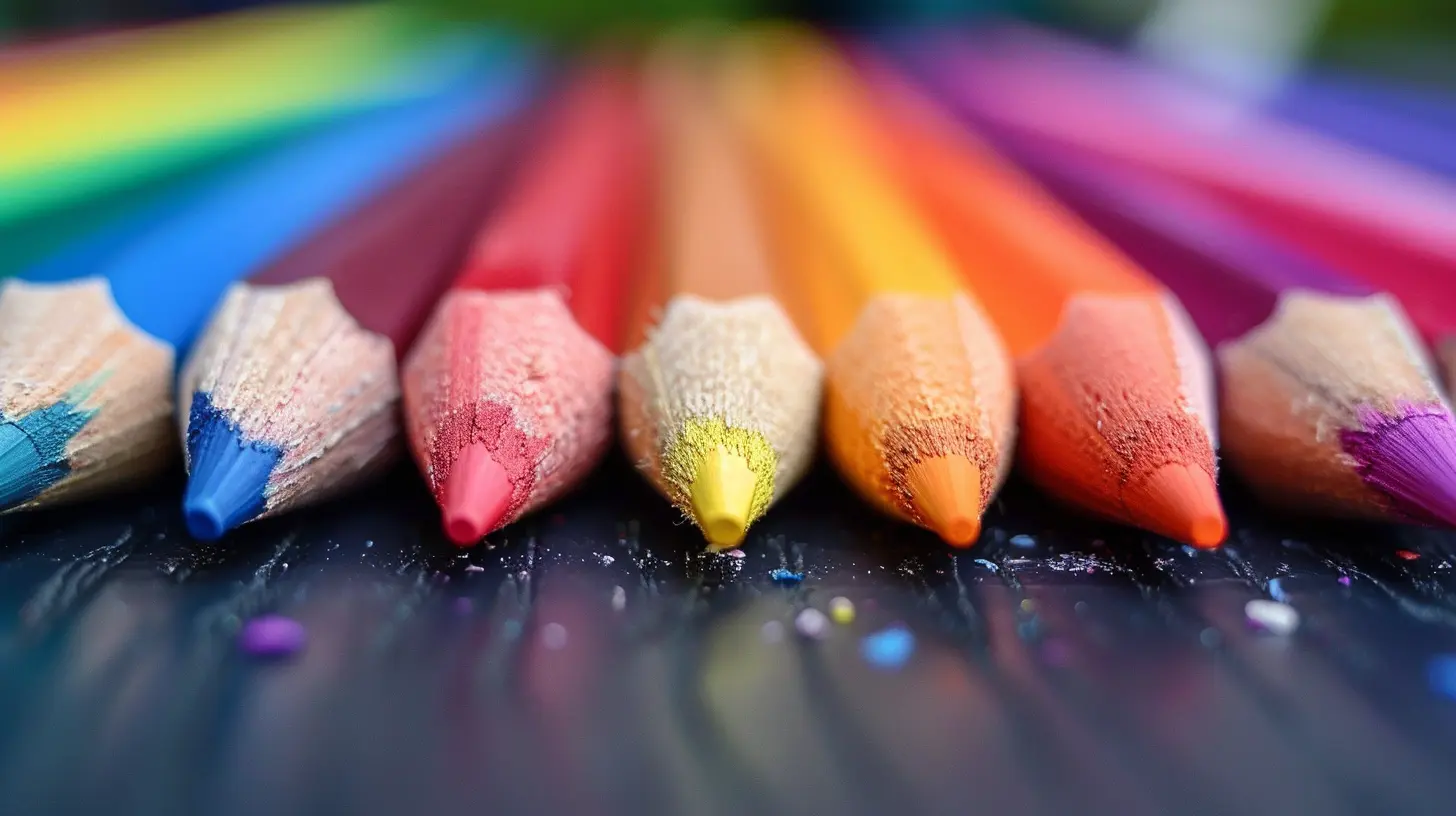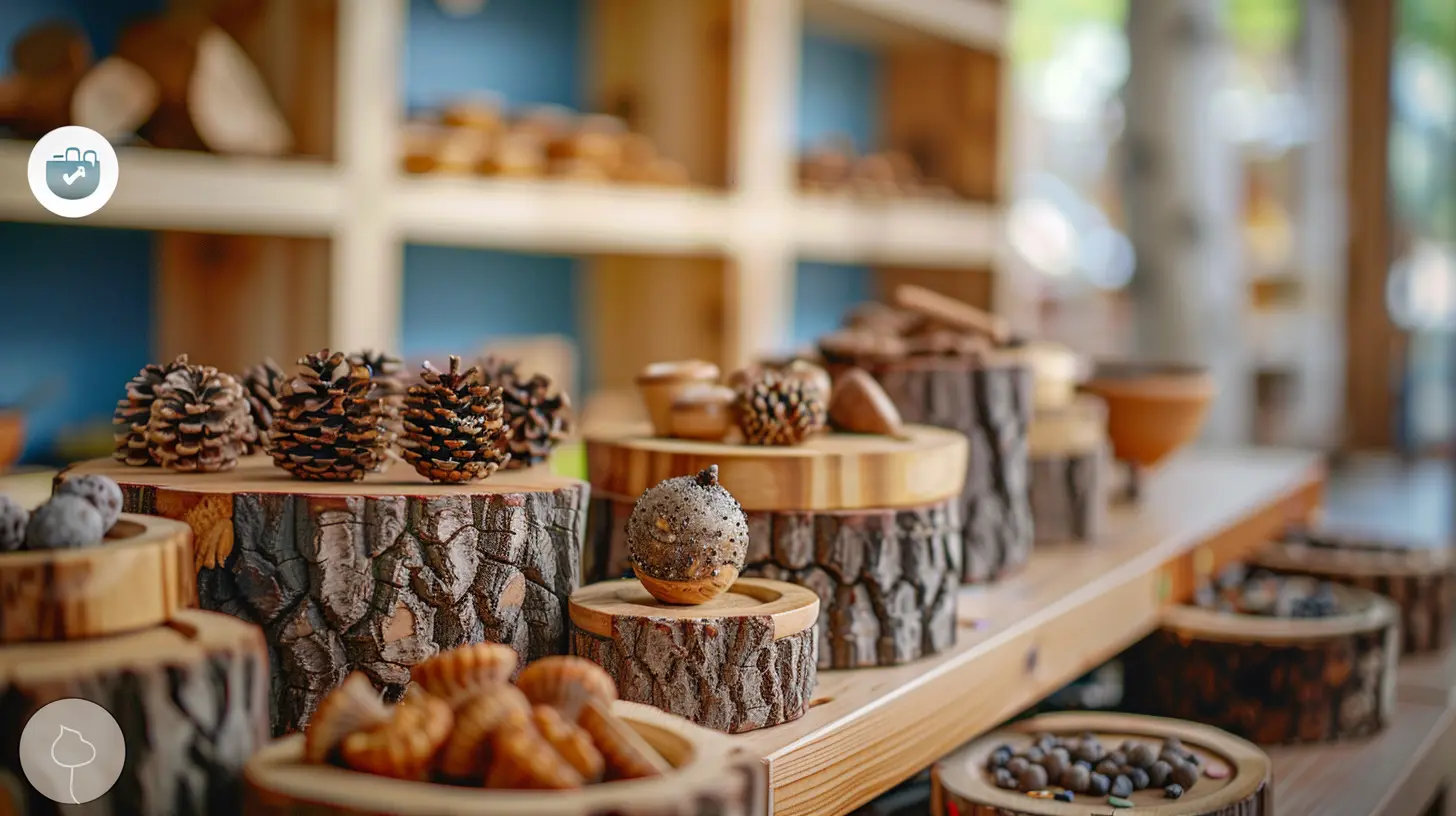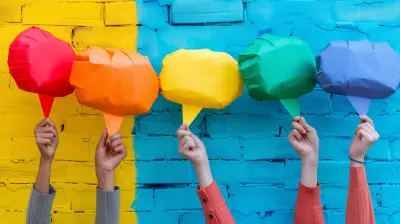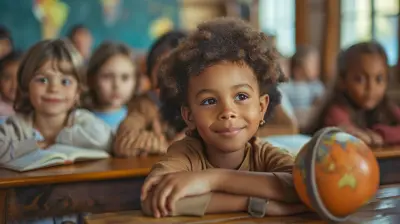Differentiation in Early Childhood Education: Starting Strong
29 August 2025
Have you ever watched a group of young kids playing together? Some are building the tallest block tower you’ve ever seen, others are pricing their play-doh cupcakes like they’re on MasterChef Junior, and a few are perfectly content coloring inside (or well outside) the lines. Kids are all over the place — and that’s exactly why differentiation in early childhood education is not just helpful, it’s essential.
Let’s face it, every child’s learning journey is as unique as their fingerprint. So how do we make sure we’re meeting them where they are — giving each one a strong start without leaving anyone behind? Buckle up, because we’re diving into what differentiation really looks like in early childhood settings and how it sets the stage for lifelong learning.
What Is Differentiation Anyway?
If the word “differentiation” sounds like a buzzword teachers throw around during coffee breaks, don’t worry — you're not alone.Simply put, differentiation means tailoring instruction to meet individual needs.
And in early childhood education, that’s a game-changer. Instead of expecting 20 different kids to read, count, write, and learn in the same way, at the same time, we embrace their differences.
It’s kind of like making a smoothie, but everyone gets their favorite flavor. Same blender, same base — but a different blend for each child.
Why Is Differentiation So Important in Early Childhood?
Imagine trying to give one-size-fits-all shoes to a classroom of toddlers. Chaos, right?The same is true for learning. Here's why we need differentiation from the start:
1. Development Isn't One-Size-Fits-All
Some kids are chatting away in full sentences by age 2. Others might still be working on their first words. Some are counting to 100, others are still figuring out 1-2-buckle-my-shoe. All of that is normal.Differentiation allows us to meet each child where they are developmentally, respecting their own timetable instead of rushing them along someone else’s.
2. Builds Confidence Early On
When kids feel successful — when they can say, “I did it!” — they’re more likely to keep trying. That fuels a love of learning. Differentiation helps us design learning experiences that feel just right — not too hard, not too easy.It’s like giving Goldilocks the perfect challenge.
3. Encourages Engagement
Let’s be honest — little ones have the attention span of a goldfish (on a sugar rush). To keep them curious and engaged, we’ve got to connect learning to what they’re genuinely interested in. Differentiation helps us tap into those interests and spark that natural wonder.
The Key Ingredients of Differentiation
So what does differentiation actually look like in practice? It’s not about creating 20 different lesson plans. (Phew.)Instead, it focuses on tweaking these three things:
1. Content: What They Learn
Not every child is ready to dive into the alphabet or addition. For some, recognizing shapes or understanding cause and effect is the sweet spot.So we adjust the content to fit their developmental phase. That might mean:
- Using pictures or songs instead of text
- Offering hands-on materials for tactile learners
- Including stories or themes that kids are naturally curious about
2. Process: How They Learn It
This is where things get creative. Some kids learn best by seeing, some by doing, some by listening. So we mix it up!Ideas include:
- Group activities for social learners
- Independent centers for introverted kiddos
- Movement games for kinesthetic learners (basically every 4-year-old ever)
- Building in breaks and sensory time
3. Product: How They Show What They Know
Not every child will be ready to write their name or draw a perfect triangle. But that doesn't mean they didn’t learn it!Differentiation means letting kids show their learning in different ways:
- A drawing
- A song or dance
- A short explanation in their own words
- Building something with blocks or LEGOs
Strategies That Work Like Magic in the Early Years
Now that we know what differentiation is, let’s talk about how to do it — without losing your marbles.Here are some teacher-tested, kid-approved strategies:
🌈 1. Learning Centers
These are the ultimate playground of differentiation. Set up stations with different tasks or themes — dramatic play, art, sensory bins, puzzles, reading nooks — and let kids rotate based on their interests or skill levels.Pro tip? Label everything with visuals so kids can self-select and take ownership.
💬 2. Flexible Grouping
Sometimes, mix kids by readiness level. Other times, by interest or learning style. Keep the groups dynamic — no one wants to be stuck in the “red group” forever.Group work builds social skills, lets kids learn from one another, and gives you a perfect window for targeted support.
✨ 3. Choice Boards
Even the youngest learners love to feel independent. A simple choice board gives them options while still guiding them toward your learning goals.It’s kinda like giving them the menu but making sure everything listed is a healthy choice.
🧠 4. Tiered Activities
Take one learning objective and offer it at different levels of difficulty. For example, if you’re working on counting:- Some might count objects to 5
- Others to 10
- Some might work on one-to-one correspondence
Same goal, different paths. Boom! Differentiation.
📚 5. Observation + Documentation
You’ve got to know your learners to differentiate. Pay attention to how they play, what they avoid, what they love. Take notes, snap pictures, and use that intel to adjust your approach.A Peek at Differentiation in Action
Let’s walk through an example, shall we?The Scenario:
You’re teaching a theme on "Community Helpers." Cute hats, lots of dress-up, kids pretending to be firefighters and doctors — it’s a hit.Now you want them to learn about different roles people play and maybe even talk about what they want to be when they grow up.
How You Differentiate:
- For visual learners: Picture books about community helpers displayed around the room.- For hands-on kiddos: Dress-up center with props and costumes.
- For talkative little ones: Circle time Q&A, where they share who helps in their community.
- For kids who struggle with speech: Use visuals or sign language to communicate answers.
- For your early writers: Draw a picture of a community helper and try labeling it.
- For your storytelling stars: Create a skit about a day in the life of a nurse or mail carrier.
Same topic, same classroom. Totally different ways for kids to shine.
Working With Families: The Secret Sauce
Want to really nail differentiation? Work with families.Parents and caregivers are fountains of knowledge when it comes to their child’s strengths, struggles, and triggers. Keep the communication flowing:
- Share goals
- Talk about what’s working (and what’s not)
- Offer ways they can extend learning at home
When home and school team up, kids win. Every time.
A Quick Reality Check 😅
Differentiation isn’t about being a superhero. Nope.Some days, it’s messy. Some days, it’s loud. Some days, the glitter ends up in your coffee. And that’s okay.
What matters most? That effort to see each child as a unique learner and create a space where they feel seen, heard, and safe to grow.
Differentiation Doesn’t Mean Doing More — It Means Doing Better
Here’s some real talk.Differentiation doesn’t mean you need to clone yourself or double your workload. It’s about being responsive. Being curious. And being okay with shifting gears when something’s not working.
Think of it like jazz — there’s a basic melody, but you improvise based on the mood and moment.
You’ve got this.
Final Thoughts: Let’s Start Strong, Stay Strong
Differentiation in early childhood education isn’t just a fancy theory. It’s love in action. It’s noticing that Maya loves music but struggles with numbers… or that Jay excels at puzzles but needs help expressing himself.And it’s about meeting them there — with open arms and open minds.
Starting strong means starting with the child, not ahead of them. And when we do that? We set them on a path where learning isn’t something they fear — it’s something they crave.
Let’s make that happen, one little learner at a time.
all images in this post were generated using AI tools
Category:
Differentiated InstructionAuthor:

Olivia Chapman
Discussion
rate this article
1 comments
Astra Bell
Every little learner shines in their way!
September 9, 2025 at 10:50 AM

Olivia Chapman
Thank you! Embracing each child's unique strengths is key to fostering their growth and potential.


